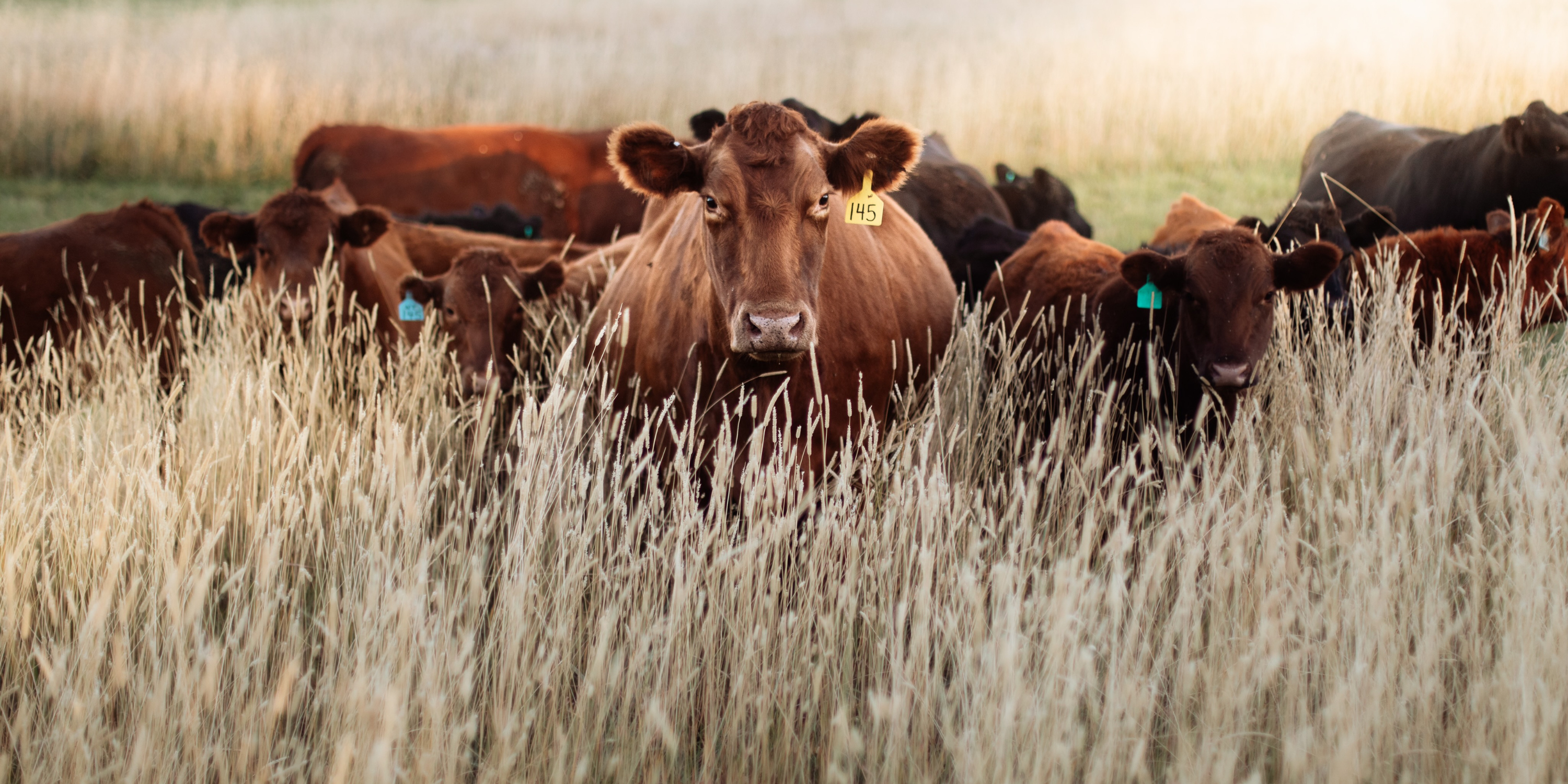
Balanced Beef: A Spotlight on Beefmaster Cattle
Forged in the Texas brush country, Beefmaster cattle embody the ideal balance of fertility, weight gain, and hardiness. Developed in the 1930s by Tom Lasater, this composite breed blends Brahman, Hereford, and Shorthorn genetics to create a truly adaptable, efficient, and productive beef animal. In this post, we’ll delve into Beefmaster origins, defining traits, and why they continue to thrive in diverse environments.
Origins and History
-
Texas Beginnings
In the early 1930s, rancher Tom Lasater sought to develop a breed that excelled under the tough conditions of South Texas. By crossing Brahman (½), Hereford (¼), and Shorthorn (¼), he established the “Six Essentials”—traits he prioritized when selecting breeding stock. -
The Six Essentials
-
Weight: Grow quickly to market size.
-
Conformation: Muscular, structurally sound animals.
-
Fertility: High pregnancy and calving rates.
-
Hardiness: Adaptability to heat, cold, and parasites.
-
Disposition: Docile temperament for safe handling.
-
Milk Production: Adequate milk to raise healthy calves.
Defining Traits
-
Heat and Parasite Tolerance
The Brahman influence provides natural resistance to heat stress and pests, reducing veterinary interventions and maintaining performance in harsh climates. -
Maternal Performance
Beefmaster cows are known for exceptional fertility, calving ease, and milk production—ensuring high weaning weights and vigorous calves. -
Growth and Efficiency
Beefmasters exhibit strong average daily gains and feed conversion, reaching market weight with economical feed inputs. -
Functional Conformation
With sound feet and legs, deep rib capacity, and robust muscling, Beefmasters are built for longevity and consistent production. -
Docile Temperament
A calm disposition eases handling, lowering stress-related weight loss and improving overall herd health.
Beefmaster in Modern Production
-
Purebred and Seedstock
Breeders continually refine the Six Essentials through performance testing, ultrasound carcass evaluations, and maternal records—supplying top-tier bulls and genetics. -
Commercial Crossbreeding
Beefmaster genetics boost fertility and adaptability when crossed with British or continental breeds, enhancing hybrid vigor in commercial herds. -
Grass-Fed and Extensive Systems
Their efficient forage utilization and hardiness make Beefmasters ideal for grass-finished beef programs and low‐input ranching operations. -
Branded-Beef Programs
Many quality beef brands highlight Beefmaster influence for its balance of flavor, tenderness, and sustainable production.
Economic and Environmental Benefits
-
Lower Input Costs
Natural resilience reduces feed, health, and shelter requirements, boosting profitability. -
Sustainable Production
Adaptability to marginal rangelands supports land stewardship and regenerative grazing practices. -
Consistent Calf Crop
High fertility and maternal care ensure reliable annual calf production and stronger revenues. -
Longevity
Functional soundness leads to longer productive lifespans, decreasing replacement rates and associated costs.
Conclusion
From the brushy plains of Texas to ranches across the globe, Beefmaster cattle stand as a testament to purposeful breeding and functional performance. Their blend of fertility, growth, and hardiness—anchored by the Six Essentials—continues to deliver balanced beef production in myriad environments. For producers seeking an all-around, efficient breed, Beefmasters truly embody “balanced beef.”
Up next: Dual-Purpose Dynamo: A Spotlight on the American Milking Shorthorn
Share


